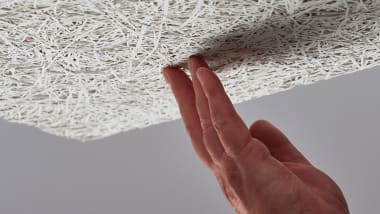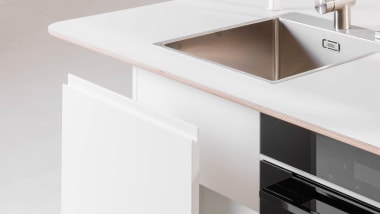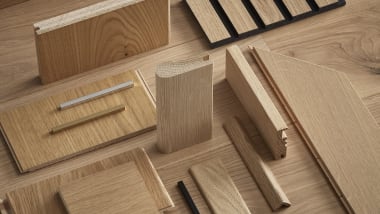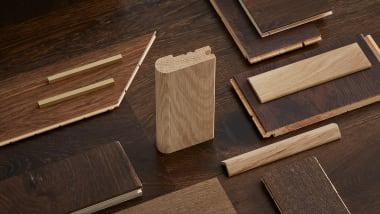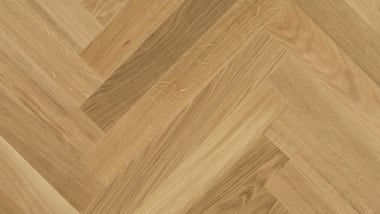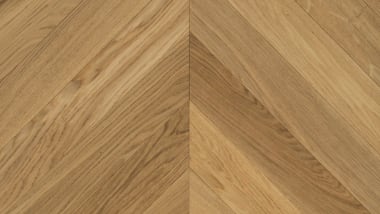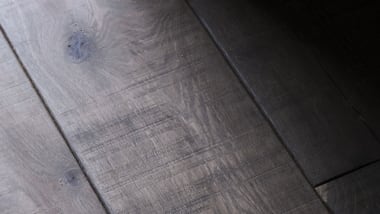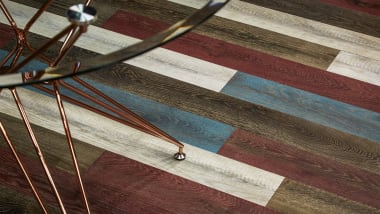Commercial restaurant flooring: Is wood flooring good for restaurants and bars?
12 Dec 2022
Have you ever visited a bar or restaurant and immediately been mesmerised by the decor and interiors? While it might not be the first thing you notice, flooring brings the decor together.
Beyond just producing stunning results, an investment in high-quality flooring is vital for many other reasons. With all of that foot traffic over time, commercial restaurant flooring needs to be able to withstand the test of time while still looking elegant and clean.
The best flooring for restaurants depends on what kind of restaurant you have and the overall aesthetic you're going for. Here's what to know about wood flooring and your other options.
What type of flooring is used in cafes, restaurants & bars?
Flooring in restaurants and bars is an important consideration because it must be durable enough to withstand foot traffic, spills and other potential sources of damage. While some restaurateurs opt for classic wood floors, others choose to use materials such as tile (sturdy but prone to chipping) or laminate (cheaper but not as durable as wood). Veneer is another option if you’re on a tight budget.
However, not all wood flooring is created equal. For example, some types of wood floors are more resistant to scratches and stains than others.
For a high-traffic restaurant, you may want to consider a harder wood, such as maple or oak. If you are looking for a more classic look, cherry may be a better option. Or if you have an upscale wine bar, for example, you might opt for traditional herringbone flooring that is svelte and sophisticated.
What are your commercial wood flooring options?
There are several different types of commercial wood flooring available on the market today. However, for customer-facing areas, you have two main types.
Solid wood
Solid wood flooring is usually made from a single plank of wood and is a common type of commercial wood flooring.
Solid wood floors are available in a variety of colours, finishes, and thicknesses to suit your needs. The great thing about this type of wood flooring is that they're easy to install and repair.
However they come with a big disadvantage: solid wood floors are easily damaged by water or consistent exposure to moisture, as well as heavy foot traffic or furniture being moved around, so they require a lot more care than other types of wood floors.
Engineered wood
Engineered wood flooring looks and feels like solid wood, but is actually composed of a layer of hardwood veneer over a plywood or HDF base. This provides the look and feel of solid wood while being more stable and resilient to humidity, scratches, and temperature fluctuations.
Engineered wood is less susceptible to shrinking and expanding due to changes in moisture levels, making it an ideal choice for rooms with high humidity, such as kitchens and bathrooms.
In terms of pure aesthetics, this type of flooring is available in a wide variety of choices, including oak, maple, cherry, and bamboo.
Not sure what the aesthetic is right for you? Check out our Inspire Gallery to see some stunning flooring in restaurants and bars. You can sand and refinish these floors just like solid wood floors, allowing you to enjoy the beauty of wood floors for years to come.
Restaurant flooring requirements in the UK
Now, what kinds of requirements do you need to meet before you go install restaurant flooring?
There are certain requirements that restaurant wood flooring must meet in order to be up to code in the United Kingdom.
According to the Food Standards Agency website, flooring must be:
- Easy to clean
- Disinfected at all times
- In good condition
- Washable, smooth, and hard-wearing
While there are many different types of wood flooring that could potentially meet these requirements, it's best to consult with a professional to find the best option for your particular business.
With so many factors to consider, it is important to get expert advice before making a final decision.
How to choose the best commercial restaurant flooring
Now that you're more familiar with commercial restaurant flooring options and the requirements you have to meet at your restaurant or bar, how do you choose the best option?
When you're considering floors for your bar or restaurant, wood is an excellent choice. It's both stylish and durable, but if it’s going to be in place of carpeting then there are some other considerations that need attention.
The durability of wood flooring will help your floor stand up to high traffic areas in your restaurant.
You also want to consider the colour of the wood. Some woods will show more wear than others, so it's helpful to get not just the colour but the type right as well.
Additionally, since the Food Standards Agency requires that your floors be washable and smooth, think about how easy the wood is to clean and how often you will need to refinish the floors.
You also want to make sure that the wood you select is compatible with any existing flooring in your restaurant. Will it clash with the other design elements such as your walls, tables, and lighting fixtures?
Ultimately, if you have a lot of foot traffic, you may want to go with a harder wood. Softer woods are better in places where there is not a lot of foot traffic.
What is the best flooring for a restaurant?
So, what's the best flooring for a restaurant? If you take into account the factors mentioned above, you should be able to narrow down your choices.
However, you can also consider the following factors, which include the type of wood, the thickness of the boards, and the finish. These all play a role in determining the overall look and feel of the space.
Type of wood
Some of the most common types of wood used in restaurants are oak and maple. Both of these woods are strong and durable, making them ideal for high-traffic areas.
However, oak tends to be slightly more expensive than maple, which is more expensive than other types of wood. If you're on a budget, pine is a good alternative to more expensive oak flooring, for example.
Thickness of boards
The thickness of the boards will also affect the overall look of the floor. Thicker boards tend to be more durable and require less maintenance than thinner boards.
However, they can also be more difficult to install. If you're not sure which thickness is right for your restaurant, talk to a professional flooring expert.
Finish
The type of finish you choose will also impact the appearance of your wood floors. A natural finish will show off the grain of the wood and allow it to age gracefully over time.
A stained finish can give the floors a richer look, but it will require more maintenance than a natural finish.
What is the best flooring for bars?
If you want a warm, inviting bar, try selecting a darker wood like mahogany. For a more modern look, try a lighter wood such as maple or oak.
Additionally, when it comes to bars, the hardness of the wood is important to consider.
Harder woods are more resistant to scratches and dents, making them ideal for high-traffic areas. Softer woods are more susceptible to damage but can be easily repaired if needed.
Finally, keep in mind that the cost of wood flooring for restaurants can vary widely depending on the type of wood you choose.
Overall, there is no one “best” wood flooring for a bar. It all depends on your individual business needs and preferences.
What is the best flooring for a commercial kitchen?
As a rule, we wouldn’t recommend wood flooring for wet or humid environments. But if you’re keen to have wood flooring for your commercial kitchen, we recommend an engineered option over a solid wood option.
There are several factors to consider when choosing flooring for your kitchen.
First, the flooring must be able to withstand high traffic and heavy use. It should also obviously be resistant to spills and stains, as well as scratches and scuffs.
Additionally, the flooring should be able to tolerate fluctuations in temperature and humidity levels. With ovens running, dishwashers creating steam, and more, it's important that it be super versatile.
Engineered wood is a better option for areas that are prone to moisture and stains. This type of wood is more resistant to scratches and wear, making it an ideal choice for high-traffic areas.
Ultimately, we suggest that you save the beautiful, elegant wood flooring for the outward-facing areas of your restaurant! For a commercial kitchen, it's also worth looking into ceramic tile flooring.
Get inspired by other restaurants & bars
When it comes to commercial restaurant flooring, we know you have choices both in terms of flooring type and installers. With showrooms around the UK and an experienced team behind our diverse designs and options, we invite you to be inspired by others in your industry.
Browse through our Inspire Gallery to see what we've done for other bars and restaurants like yours.



